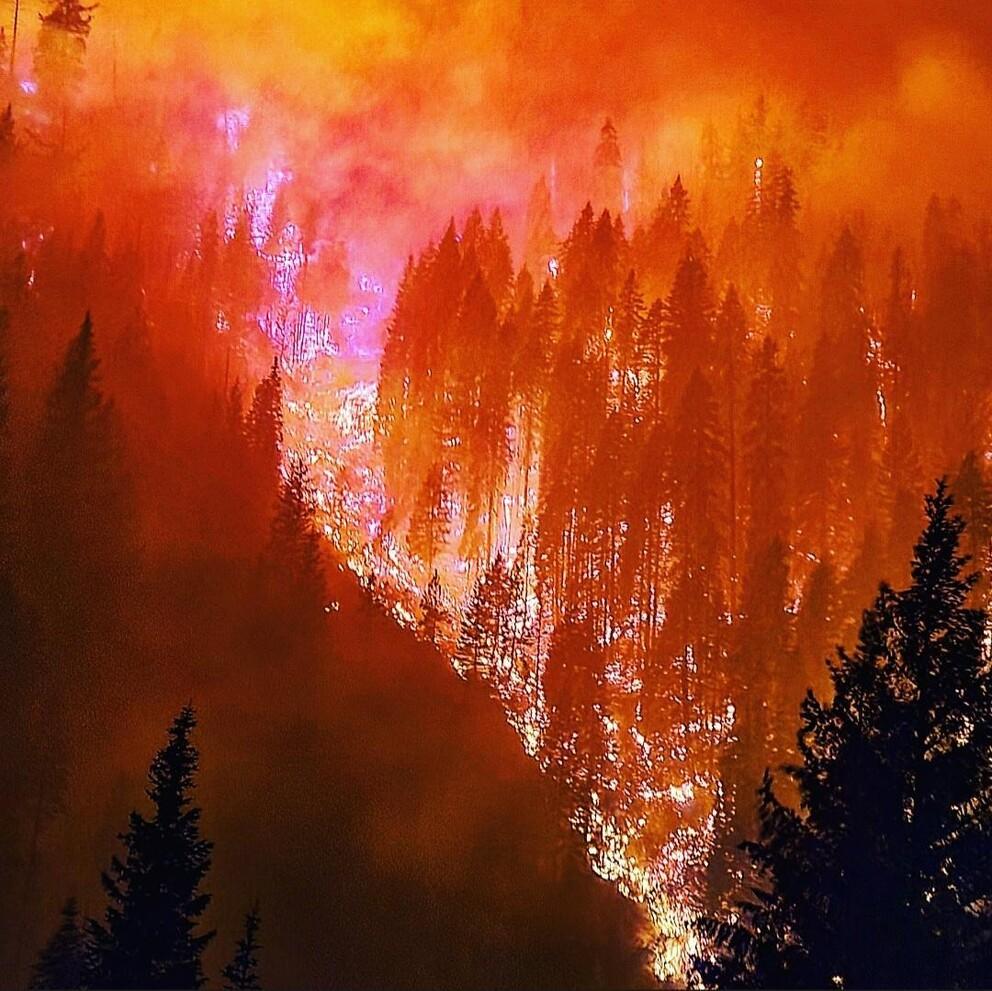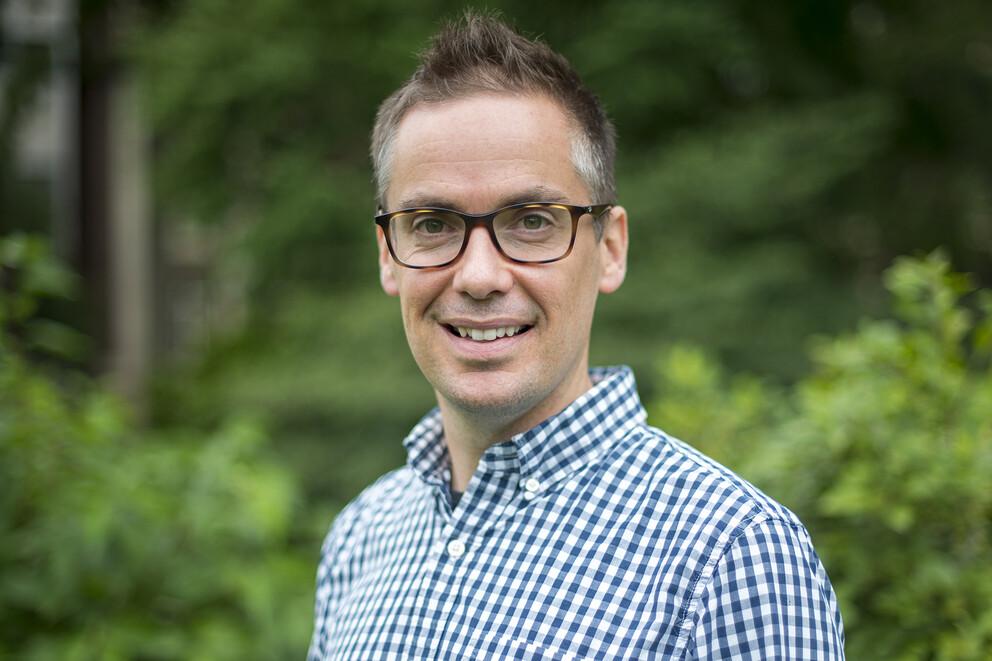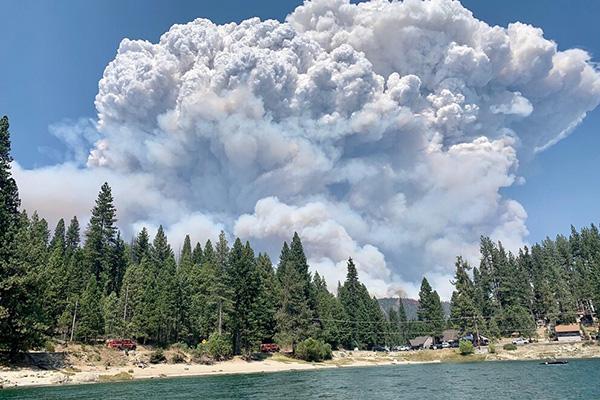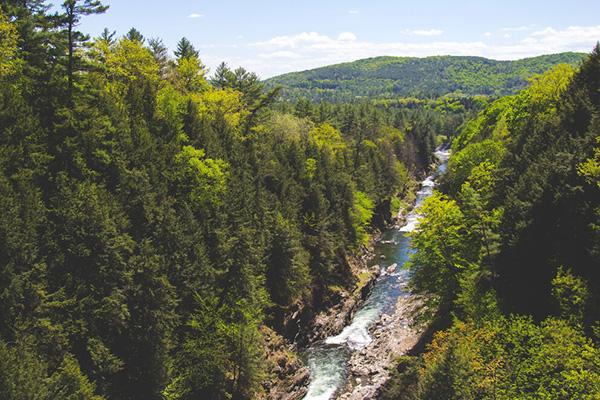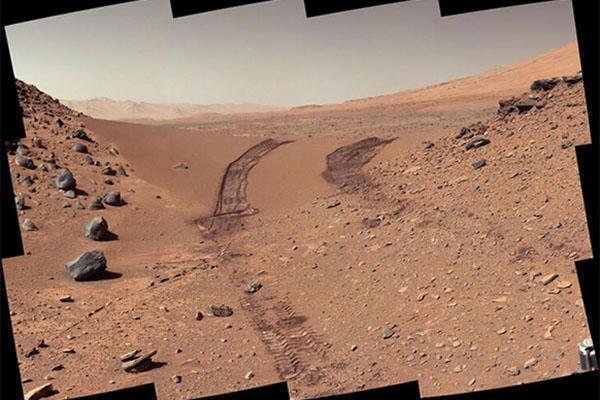Melissa Lee will give the College of Earth and Mineral Sciences’ 2021 Lattman Visiting Scholar of Science and Society Lecture. Her talk, “Training the Next Generation Workforce for a Sustainable Future,” will be held at 5 p.m. on Monday, Oct. 18, in 26 Hosler Building on the University Park campus. The event is free and open to the public.
Traffic levels in North America plummeted in March 2020 as governments implemented stay-at-home measures to prevent the transmission of COVID-19. A two-year, $400,000 grant from the National Oceanic and Atmospheric Administration’s Climate Program Office will allow a Penn State-led research team to measure the rapid changes in greenhouse gas emissions that resulted from lower traffic levels and efforts to curb transmission of the virus.
Previous fires may hold the key to predicting and reducing the severity of future wildfires in the western United States as fire activity continues to increase, according to researchers from Penn State and the U.S. Forest Service.
Andrew Smye, assistant professor of geosciences at Penn State, will use a $640,000 Faculty Early Career Development Program grant from the National Science Foundation to shed light on a geological mystery while advancing educational opportunities for underrepresented students.
Kimberly Lau, assistant professor of geosciences and an associate in Penn State’s Earth and Environmental Systems Institute, received the Pre-tenure Excellence Award from the Geobiology and Geomicrobiology Division of the Geological Society of America. The award recognizes Lau’s accomplishments in the fields of research, mentoring, service and leadership in the geobiology and geomicrobiology community.
Timothy S. White, research professor in Penn State’s Earth and Environmental Systems Institute, was elected a Fellow of the Geological Society of America. White is one of 50 newly elected Fellows receiving the honor in recognition of their sustained records of distinguished contributions to the geosciences and the Geological Society of America.
Fires in semi-arid forests in the western United States tended to burn periodically and at low severity until the policy of fire suppression put an end to these low-intensity events and created the conditions for the destructive fires seen today. Understanding the benefits of these periodic fires and the forest structure that they maintained may help land managers and communities avert megafires in the future, according to researchers.
Machine learning techniques may help scientists better understand the intricate chemistry of streams and monitor broader environmental conditions, according to a team of researchers.
A combination of a once-debunked 19th-century identification of a water-carrying iron mineral and the fact that these rocks are extremely common on Earth, suggests the existence of a substantial water reservoir on Mars, according to a team of geoscientists.
Every year the GBGM executive committee selects exceptional scholars to receive awards for their accomplishments in research, education/mentoring, and service in geobiology.




